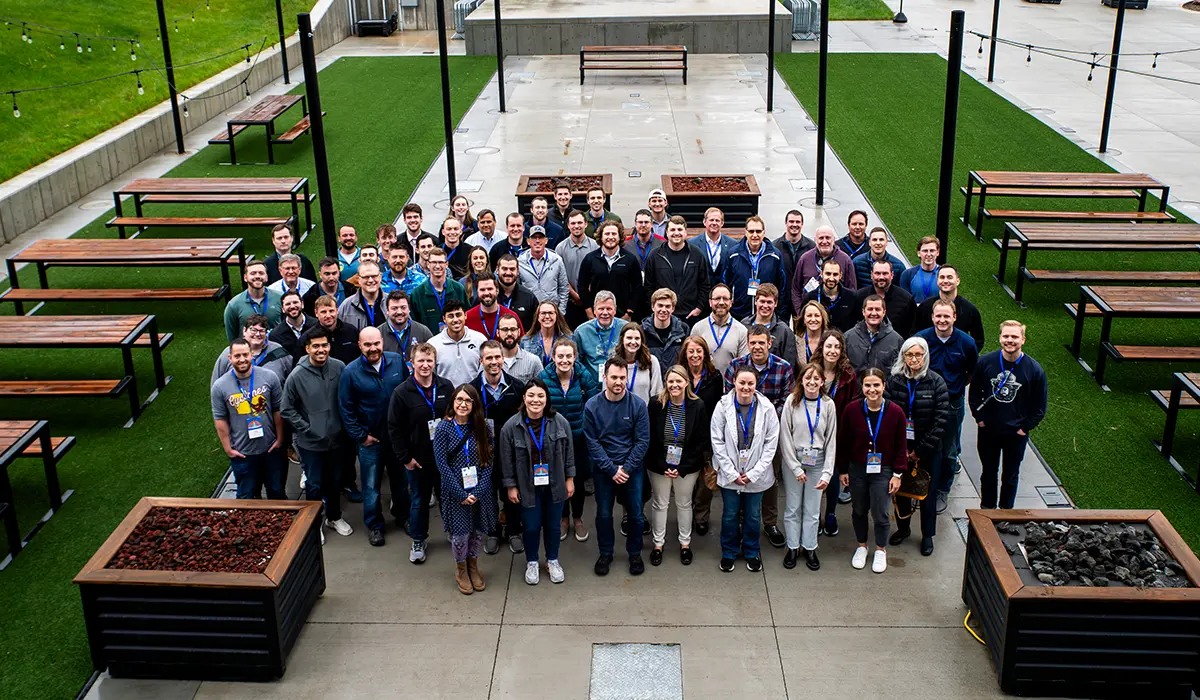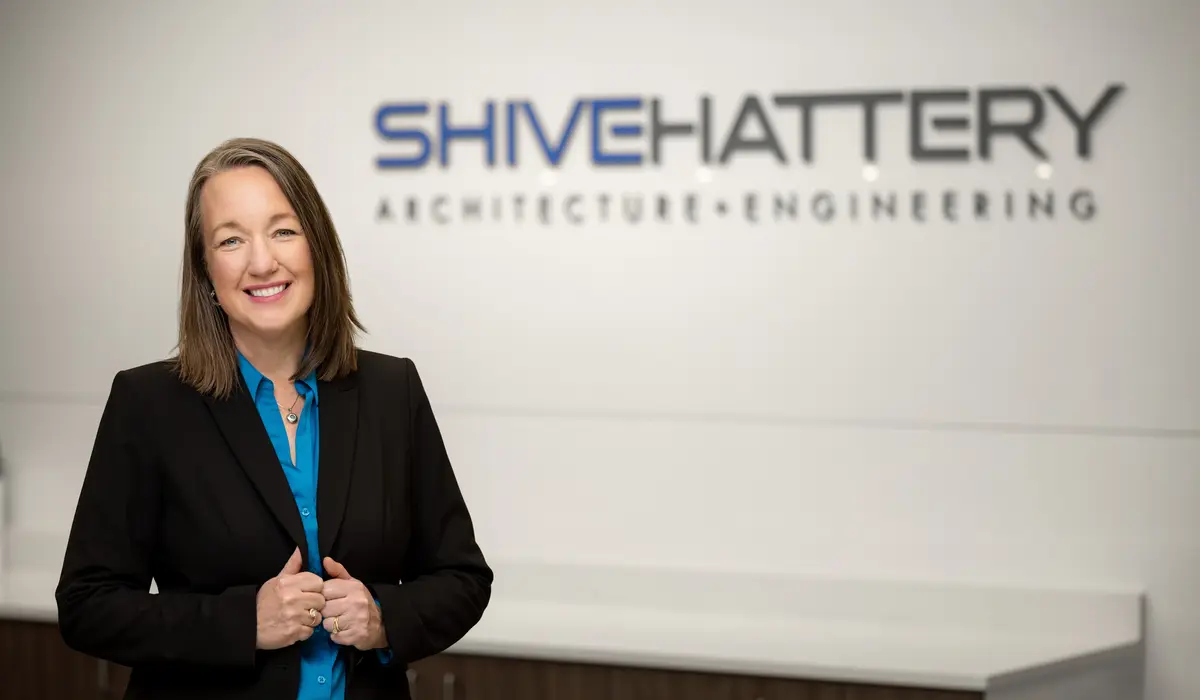Penn Township Fire Station #13
Located in Mishawaka, IN
Due to lack of funding, township fire departments are often left with degrading stations and unsafe working environments. Penn Township in St. Joseph County, Indiana, wanted to ensure it was improving its fire service operations by building a new, state-of-the-art Fire Station 13 facility that replaced an outdated station. “The station was built in 1954 when the department was volunteer and it’s been remodeled 12 times. To give some perspective, we have men and women firefighters now in service and we don’t have one shower in that facility,” Chief VanBruaene told the South Bend Tribune. “It’s very run-down and not manageable anymore.”
The new station is just two blocks from the area’s high school and in the center of the district—allowing the department to cut response times for emergency and fire services, and providing services to approximately 5,000 students, staff members and patrons every day.
Being mindful of the township’s resources, Shive-Hattery worked with the fire department in developing a station with an efficient footprint by mitigating areas of wasteful space. The single-story, four-bay fire station houses a medic unit, rescue engine, a pumper tanker, grass rig and boat for shifts of five first responders. Additionally, the design allows for additional sleeping quarters to accommodate future growth.
Incorporating the standards of “Design by Zones” is among Station No. 13’s many innovations. By separating the station into areas based on level of exposure to contaminants, this helps mitigate the possible cross-contamination that often occurs in the design of the traditional station. By recognizing these hazards and providing a healthier and safer alternative through design, the goal is to break the traditional model of fire stations to better promote optimal health and wellness for first responders.
While the design of the new station #13 did not include LEED certification in its scope, the design team was challenged nonetheless with providing an energy efficient, sustainable, and cost-effective station that will continue to serve this community for years to come. Examples of these efforts include use of durable materials throughout the living and working areas, water-saving technologies, and high-performing HVAC systems.
Stay in Touch for Monthly Shive-Hattery Industry Insights
Creating the foundations that support community growth.
Stay on top of the latest industry trends as we share how we are staying ahead of them.


Commercial

Workplace